Decoding the Fine Print: Top 5 Things Your Cadillac Warranty DOES NOT Cover
1. Normal Wear and Tear Items
This is perhaps one of the most common misunderstandings when it comes to any vehicle warranty, and Cadillacs are no exception. Your Cadillac warranty is designed to protect against defects in materials and workmanship, not the natural deterioration that occurs with regular use. Think of it this way: a warranty covers things that break prematurely, not things that simply wear out as they're designed to do. Items like tires, brake pads, brake rotors, clutch linings, wiper blades, spark plugs, filters (oil, air, cabin), fuses, light bulbs (unless specified for a longer period), and various fluids (oil, coolant, brake fluid, windshield washer fluid) fall squarely into this category. These components are consumables, meaning they have a finite lifespan and will need replacement over time due due to friction, heat, and general operation. It's the cost of maintaining your vehicle's peak performance, and these replacements are considered routine maintenance, which is the owner's responsibility. Keeping up with these items through scheduled service is crucial for your Cadillac’s longevity and safety.
2. Damage from Lack of Maintenance or Misuse
Your Cadillac is a finely tuned machine, and its performance and longevity are intrinsically linked to how well it's maintained. The warranty stipulates that you, as the owner, must follow the manufacturer’s recommended maintenance schedule. This includes regular oil changes, tire rotations, fluid checks, and timely inspections as outlined in your owner's manual. Failing to adhere to this schedule – for instance, neglecting oil changes leading to engine damage – can completely void your warranty coverage for affected components. Furthermore, misuse of the vehicle is also a major exclusion. This can range from competitive driving, racing, off-road use (for vehicles not designed for it), overloading the vehicle beyond its specified capacity, or even using improper fuel or fluids. Any damage resulting from these activities, or from installing non-approved aftermarket parts that directly cause a failure, will almost certainly not be covered. Maintaining detailed service records is paramount to proving your diligence should a warranty claim arise, ensuring you can demonstrate that any issue isn't due to negligence or improper use.
3. Environmental Damage and Acts of Nature
While your Cadillac is built to withstand various conditions, its warranty does not extend to damage caused by forces beyond the manufacturer's control – primarily environmental factors and 'acts of nature.' This includes a wide array of potential misfortunes such as hail storms, floods, lightning strikes, earthquakes, wildfires, or even severe wind damage. Road hazards like flying rocks, potholes, or debris that cause chipped paint, cracked windshields, or bent rims are also typically excluded. External factors like tree sap, bird droppings, industrial fallout, or acid rain, which can affect your paint finish, are also not covered under the standard warranty. Essentially, if the damage wasn't caused by a defect in manufacturing or materials, it's generally not a warranty item. This is where your comprehensive auto insurance policy becomes your primary line of defense. It’s important to understand the distinction: the warranty covers what Cadillac builds, while your insurance covers what nature or external incidents throw at it.
4. Aftermarket Modifications and Unauthorized Repairs
Customizing your Cadillac can be an exciting way to personalize your ride, but it comes with potential warranty implications. Installing aftermarket parts or making modifications – especially those that affect the vehicle's performance or safety systems, like engine tuning, suspension alterations, or non-Cadillac approved accessories – can jeopardize your warranty coverage. While the Magnuson-Moss Warranty Act generally prevents a manufacturer from voiding your entire warranty simply because you used an aftermarket part, they can deny coverage for repairs if they can prove that the aftermarket part or modification *caused* the failure. Similarly, repairs performed by unauthorized service centers or individuals, particularly if non-genuine Cadillac parts are used, can lead to denied warranty claims. If a component fails after being serviced or modified outside of a certified Cadillac dealership, and that work is deemed responsible for the issue, you could be left footing the bill. Always consult with your Cadillac service advisor before making significant modifications to understand the potential impact on your warranty.
5. Cosmetic Blemishes and Minor Imperfections
Your Cadillac is a masterpiece of design, but even the most luxurious vehicles can acquire minor cosmetic imperfections through regular use. The warranty usually focuses on issues that impact the vehicle's functionality, safety, or structural integrity, rather than purely aesthetic concerns that arise over time. This means minor dents, dings, scratches, paint chips from everyday driving, interior scuffs, wear and tear on upholstery from normal use, or slight discoloration that doesn't affect material integrity are generally not covered. Similarly, minor rattles or squeaks that don't indicate a mechanical fault and cannot be definitively attributed to a manufacturing defect are often excluded. While significant paint defects, rust-through (not surface rust from chips), or major interior material failures due to poor workmanship are typically covered, the everyday wear and tear that comes with owning and enjoying your vehicle falls outside the scope of a manufacturing warranty. It’s important to manage expectations and understand that a luxury vehicle, like any other, will show signs of use over its lifetime.
Conclusion
Understanding the limits of your Cadillac warranty isn't about finding fault with the coverage; it's about being an informed and empowered owner. While your Cadillac warranty offers substantial protection against manufacturing defects, it’s not an all-encompassing shield. By knowing what’s typically excluded – normal wear and tear, damage from neglect or misuse, environmental factors, aftermarket modifications, and minor cosmetic issues – you can better plan for maintenance, make informed decisions about modifications, and ensure you have appropriate insurance coverage for unforeseen events. Always read your warranty booklet thoroughly, maintain meticulous service records, and don't hesitate to consult with your authorized Cadillac dealership for clarity on any specific concerns. This proactive approach will help you preserve the pristine condition of your Cadillac, ensure its long-term value, and keep you confidently cruising the roads with true peace of mind.Where can I find my VIN?

Related Topics
- The EV Battery Guarantee: Ford's 8-Year/100,000-Mile Coverage for Mustang Mach-E and F-150 Lightning
- Is Ford Protect Worth It? Comparing PremiumCARE, ExtraCARE, and BaseCARE
- Tuning and Aftermarket Mods: Will You Void Your Ford's Warranty? (The Magnuson-Moss Act)
- Is a Ford Extended Warranty a Smart Investment? A Cost-Benefit Analysis.

